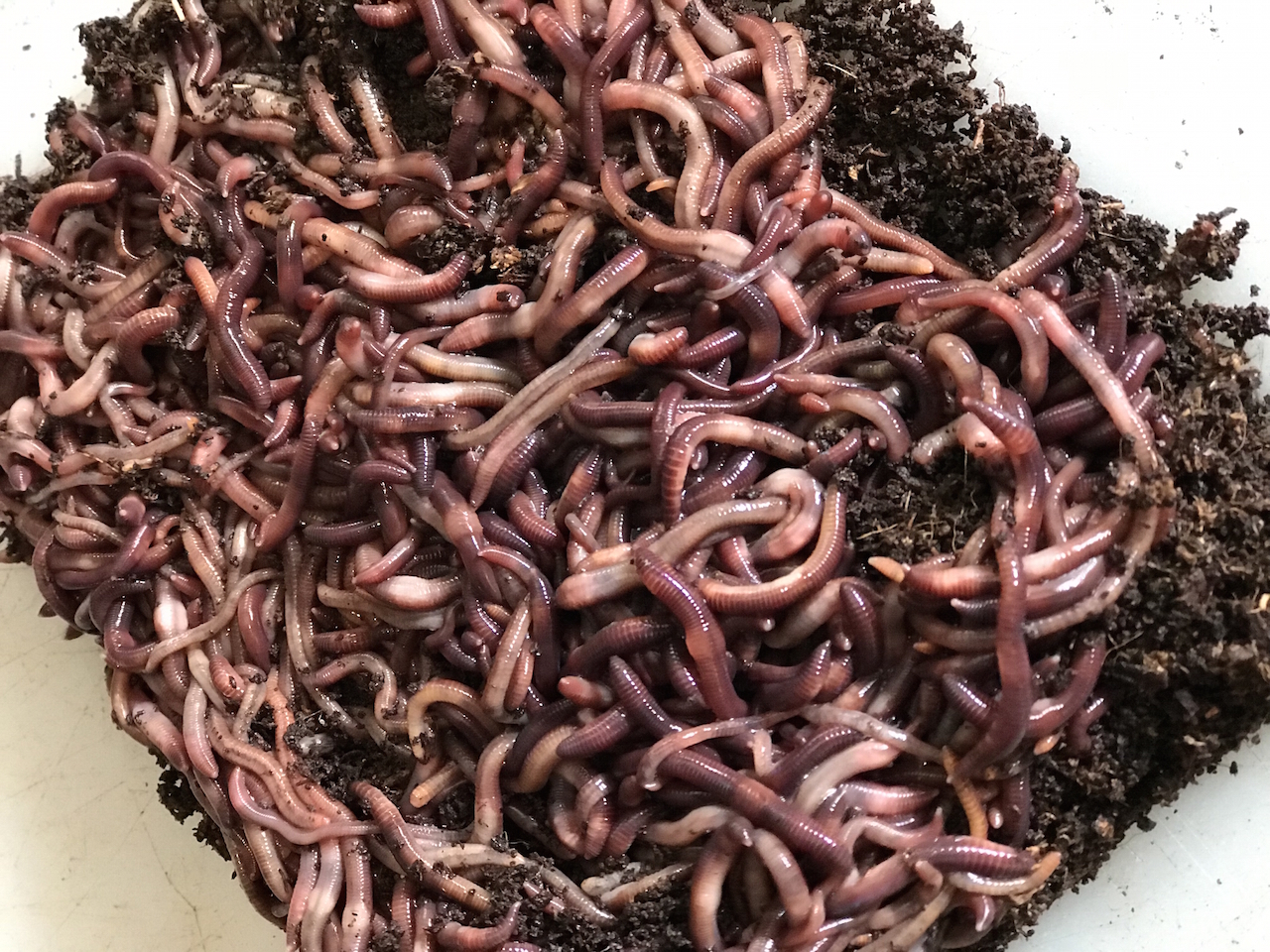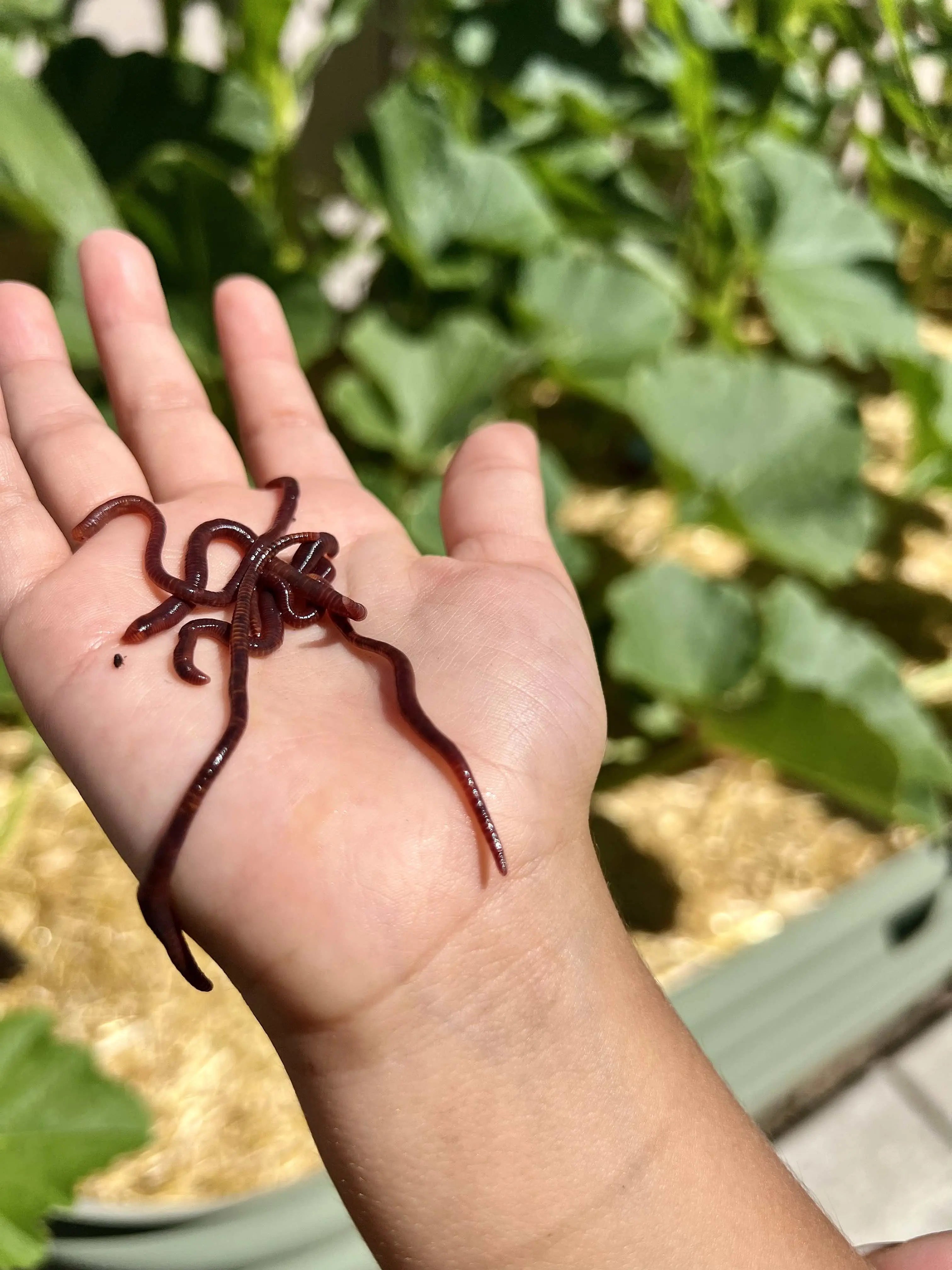Red Wiggler Worms Demystified: Opening the Tricks of Vermiculture for Greener Living and Nutrient-Rich Soil
In the realm of sustainable methods for improving soil quality and promoting eco-conscious living, red wiggler worms play a critical yet usually overlooked role. Red Wiggler Worms. Understanding the complexities of caring for these worms, optimizing their environment, and utilizing their castings can lead to a greener way of living and healthier soil for plants to thrive.
The Duty of Red Wiggler Worms
Red Wiggler worms play an important role in composting systems by successfully damaging down raw material right into nutrient-rich spreadings. These ravenous eaters eat a range of natural materials, such as cooking area scraps, backyard waste, and paper products. As they feed, the worms' gastrointestinal procedures break down the raw material right into a penalty, dark, and nutrient-dense material referred to as worm castings or vermicompost.
The spreadings produced by Red Wiggler worms are very helpful for soil health and wellness and plant growth. They are abundant in essential nutrients like nitrogen, potassium, and phosphorus, which are essential for supporting healthy plant advancement. Furthermore, worm castings include advantageous microbes and enzymes that help improve dirt structure, rise water retention, and improve nutrient uptake by plants.
Benefits of Vermicomposting

It boosts soil framework, improves soil oygenation, and boosts dirt dampness retention. Vermicompost additionally enhances the soil with necessary nutrients like phosphorus, potassium, and nitrogen, promoting plant development and total dirt fertility.
Additionally, vermicomposting assistances sustainable gardening practices by supplying a all-natural and chemical-free option to artificial plant foods. Red Wiggler Worms. This eco-friendly strategy not just improves the dirt but likewise helps decrease dependence on harmful chemicals, promoting a greener and more lasting way of gardening
Setting Up a Worm Container
When establishing a worm container for vermicomposting, correct setup is vital to make sure the success of the composting procedure. The very first step in setting up a worm container is selecting an ideal container. This can be a plastic container or wood box that provides sufficient space for the worms to walk around and has proper drain openings to stop waterlogging. Next off, a bed linens product such as shredded newspaper, cardboard, or coconut coir ought to be included in the container. This bedding offers a comfortable setting for the worms and assists maintain dampness degrees.
After adding article source the bedding, introduce the red wiggler worms to the container. The worms ought to then be given with food scraps such as fruit and vegetable peels, coffee premises, and eggshells.
Regularly check the dampness levels and temperature level in the worm container to guarantee optimal conditions for the worms. With proper arrangement and upkeep, the worm container will effectively convert natural waste into nutrient-rich compost for your plants and garden.
Harvesting Worm Castings
To successfully accumulate nutrient-rich worm spreadings from your vermicomposting system, a systematic harvesting method is necessary. When it comes time to harvest the worm spreadings, there are a few vital steps to comply with to make sure an effective procedure. Quit including fresh food scraps to one side of the worm container for a pair of weeks before collecting. This encourages the worms to migrate sideways with fresh bed linens and food, making it less complicated to scoop out the castings from the opposite.

Troubleshooting Common Issues
Recognizing and dealing with common challenges that might develop during the vermicomposting process is crucial for maintaining a healthy and productive worm bin. One common issue that vermicomposters experience is dig this overfeeding. Including excess food scraps can cause a buildup of dampness and acidity in the worm bin, possibly damaging the worms. To stop this, feed the worms in small amounts, making certain that the food scraps are properly broken down before including much more. One more issue is undesirable odors emanating from the worm container. Foul smells suggest anaerobic problems, generally triggered by overwatering or insufficient ventilation. To correct this, readjust the dampness levels by including completely dry bedding products like shredded paper or cardboard and increase oygenation by transforming the bedding routinely.
Additionally, if the worm population is decreasing or the worms show up harmful, it might be as a result of ecological stressors such as extreme temperatures or pH levels. Keeping track of these aspects and making needed modifications is important for the well-being of the worms. By troubleshooting these typical concerns immediately, vermicomposters can make sure a smooth and successful vermicomposting procedure while preserving a flourishing worm population.

Conclusion
In final thought, red wiggler worms play an important role in vermiculture by damaging down raw material right into nutrient-rich dirt. The advantages of vermiculture include greener living and boosted dirt quality. Establishing a worm container is necessary for effective vermiculture, and harvesting worm spreadings supplies useful compost for horticulture. By recognizing and troubleshooting typical concerns, people can open the keys of vermiculture for lasting living and much healthier dirt.
As they feed, the worms' digestive system procedures break down the organic check my reference issue into a penalty, dark, and nutrient-dense product understood as worm spreadings or vermicompost.
The spreadings produced by Red Wiggler worms are extremely useful for soil health and plant growth. Adding excess food scraps can lead to a buildup of wetness and level of acidity in the worm container, possibly harming the worms.Furthermore, if the worm population is decreasing or the worms appear unhealthy, it can be due to ecological stress factors such as extreme temperature levels or pH levels. Establishing up a worm container is necessary for effective vermiculture, and harvesting worm castings supplies beneficial garden compost for gardening.